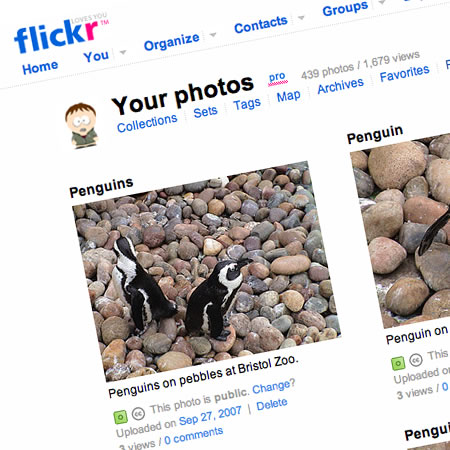Have you stopped beating your wife?
Just answer the question, yes or no?
No sorry, just answer the question…. yes or no….

Think about, it, what is implied if you say yes or no.
This is a classic loaded question in which you can not just answer yes or no, without implying that you either beat your wife now or have done in the past.
The problem with some questions, is that there is no yes or no answer, even if at first look there only seems to be a yes or no answer.
The question needs to be rephrased in order to elicit a valid yes or no response. Or you ensure that it is an open question.
The same happens with lots of questions about copyright, as a result the answer is not a simple yes or no, but often a maybe, or depends…
The main reason for this is that questions on copyright too often focus on the act of copying or an activity related to copyrighted content.
This will generally be a loaded question about a specific activity which can not be applied to all and any content, as it is the content that defines what you can do with it, not the activity.
The questions needs to be clarified with the content that you are working with.
For example.
Is using an image found via a Google Image Search in a handout illegal?
You can’t answer that question with a simple yes, or no. So often the answer has to be; that using an image from Google Image Search “may infringe copyright”. The reason is simple some of the images from a search are copyrighted and can not be used in handouts, some images will be licensed under a creative commons licence, some rights holders of images will be happy with you using your image for non-commerical educational reasons, some images will be in the public domain.
The problem with the question “Is using an image found via a Google Image Search in a handout illegal?” is that it implies that either all images are okay to use, or all images by their use would infringe copyright.
You would have to re-phrase the question:
Is using THIS SPECIFIC image found via a Google Image Search in a handout illegal?
Now you can give a yes or no answer. You can’t answer definitely about the activity without the context of the content. It is much easier to define what you can and what you can not do when it comes to content; almost impossible when trying to define what you can by activity.
However this doesn’t really help the practitioner who wants a simple yes or no answer to their original question.
As I said in my last post on copyright,
Those of us who support learners need to provide solutions, not barriers to teachers.
So rather than spend time answering questions about what you can and can not do, or which images you can and can not use, you provide teachers with collections of images that can be used, so the question need never to be asked or answered.
For example there are thousands of images on the web that can be used for teaching and learning, many using Creative Commons licences.
Use Google Image Search and find images you can use.
Creative Commons licensed images from Flickr
Images (and other media) from Wikimedia Commons
Public Domain images from the US Government
Or get your institution to sign up to a licensed image collection such as JISC Collections Education Image Gallery.
Teachers also need to be more creative and willing to compromise over which specific images they want to use. Yes we know that particular picture from Getty Images is what you want, but why not use a different one instead.
Also remember that under the UK Copyright Act you can show an image in the classroom without needing a licence, so even if there is a specific image you need to use, show the image rather than make copies of it. Link to the page with the image on, rather than put it on the VLE.
The answer as I have mentioned many times before on this blog and during workshops and presentations, is not about putting up obstacles, it is about informing teachers providing them with solutions and removing barriers.
As for the image above, well it was found via searching Flickr for Creative Commons licensed images using the term “judge uk” and as part of the Creative Commons licence I need to attribute the image on this blog via a link back to the photo page on Flickr. I license all my photographs on Flickr under a similar licence.






